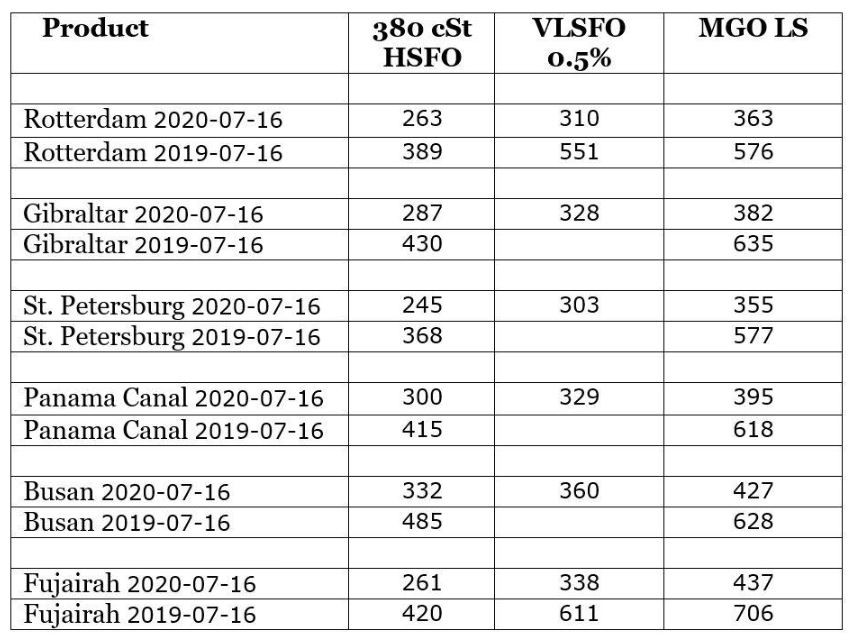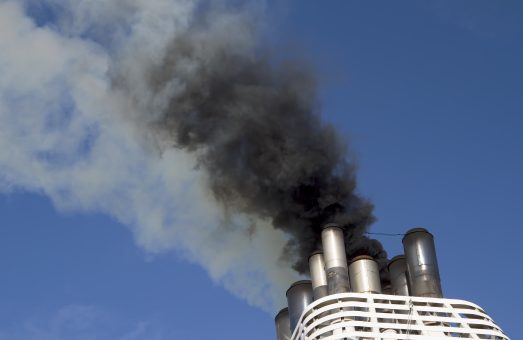The International Bunker Industry Association (IBIA) has raised some questions about a new theory which has been circulated in the press based on an article published on LinkedIn by Francisco Malta, owner and director of VM Industrials, a distributor for additive maker Aderco.
The article was published with the headline “Why new VLSFO 0.5% Sulphur fuels emit higher Black Carbon Emissions”* and “the purpose of the article was to share and open discussions with yourselves and the industry,” as Malta commented on LinkedIn.
IBIA claims the article gives the impression that the introduction of very low sulphur fuel oil (VLSFO) has led to an increase in black carbon (BC) emissions. “However, the article did not present or reference any independently validated data from actual measurements of actual VLSFOs in use so far to support this observation,” the association pointed out.
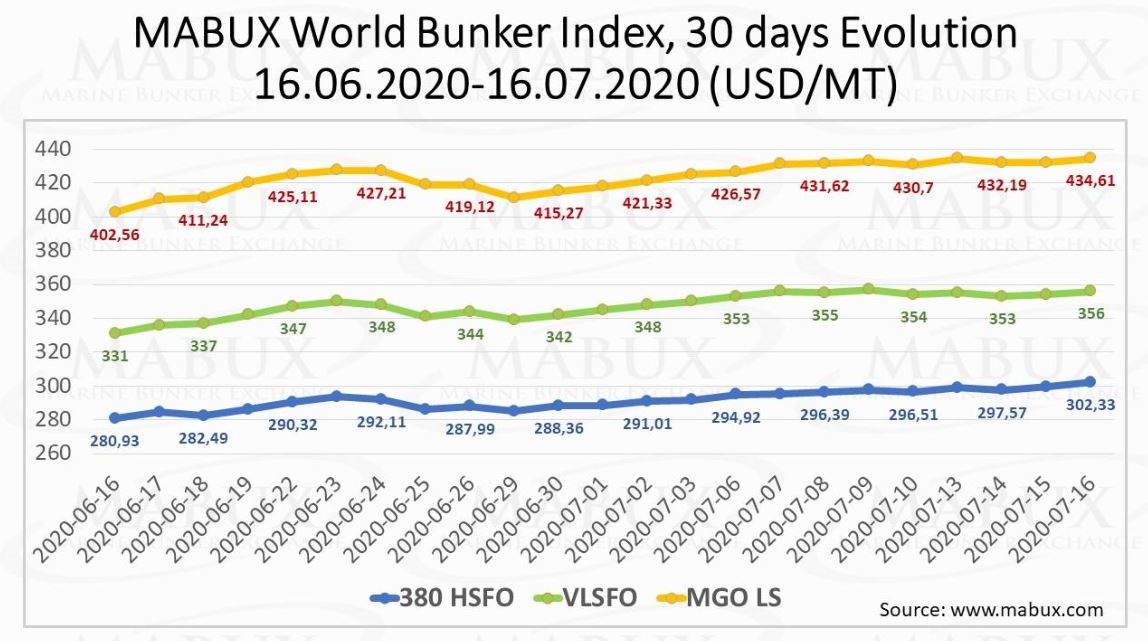
Earlier this year, IBIA addressed claims that the shift from high sulphur fuel oil (HSFO) with up to 3.5% sulphur to VLSFO blends meeting the new 0.5% sulphur limit for marine fuels would increase black carbon (BC) emissions. The claims, which proliferated in the press and on social media, were based on a study submitted to the IMO indicating that the new VLSFO blends could potentially be highly aromatic, and therefore increase black carbon (BC) emissions.
IBIA and others explained to an IMO meeting in February 2020 that the fuel specimens used in the BC measurement study were not representative of most VLSFOs that were actually in the market. “VLSFOs delivered to ships have so far generally been more paraffinic and less aromatic than the HSFOs they have replaced,” IBIA said.
IBIA notes that this discussion at IMO in February was about a theoretical increase in BC emissions based on the BC measurement study, not an actual observed increase since ships began to use VLSFOs. The BC measurement study, which had been submitted to the IMO in November 2019, showed that an increase in aromatic content was associated with increased BC emissions.
This was well understood, according to IBIA, by the industry, which welcomed the study as an important contribution to build better knowledge about factors contributing to BC emissions. It was the assumption that VLSFOs would be more aromatic than the HSFOs they were replacing that was disputed.
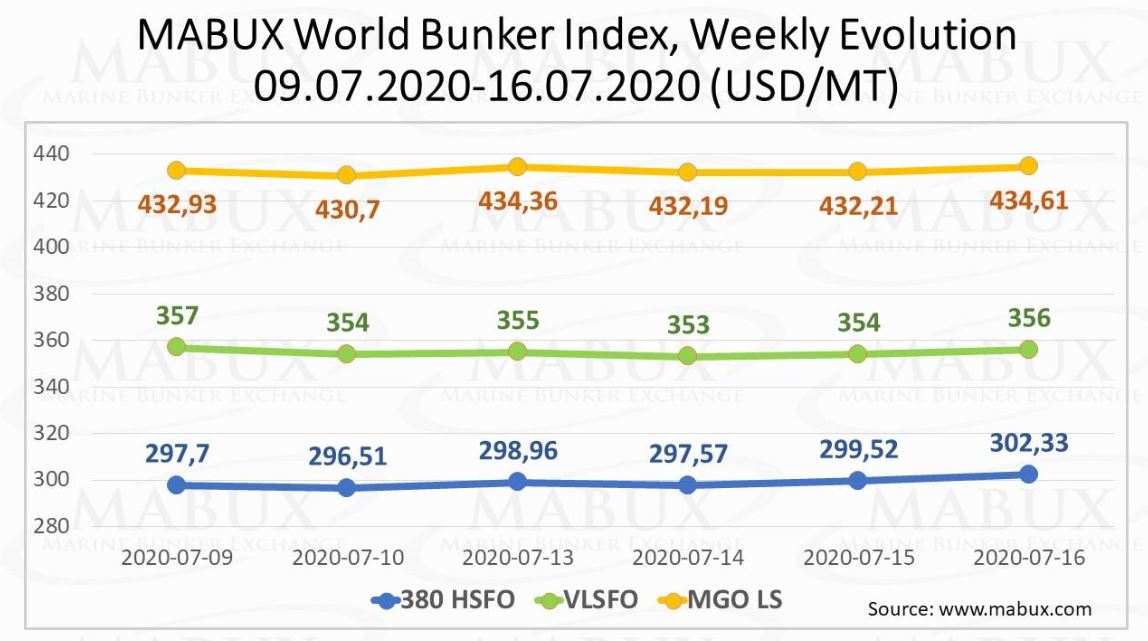
“While the article claimed that it was an increased level of paraffinic hydrocarbons in VLSFO that were causing an increase in BC emissions, we should not forget that a large portion of marine distillates are mainly paraffinic in nature,” argued IBIA, which went on to say that until now, there are no reports of an increase in BC discharges in emission control areas (ECAs), where most ships have been using marine gasoil to meet the 0.1% sulphur limit since 2015.
“We do note, however, that even clear and bright distillates can cause very visible black smoke when the engine is not in an optimum condition/and or setting,” it added.
The article stated that the asphaltenes in HFO 3.5% S “drop from suspension and end up as sludge in tanks” hence “they rarely ever make their way to combustion” whereas in the new VLSFO scenario, they “do make their way to the combustion chamber.”
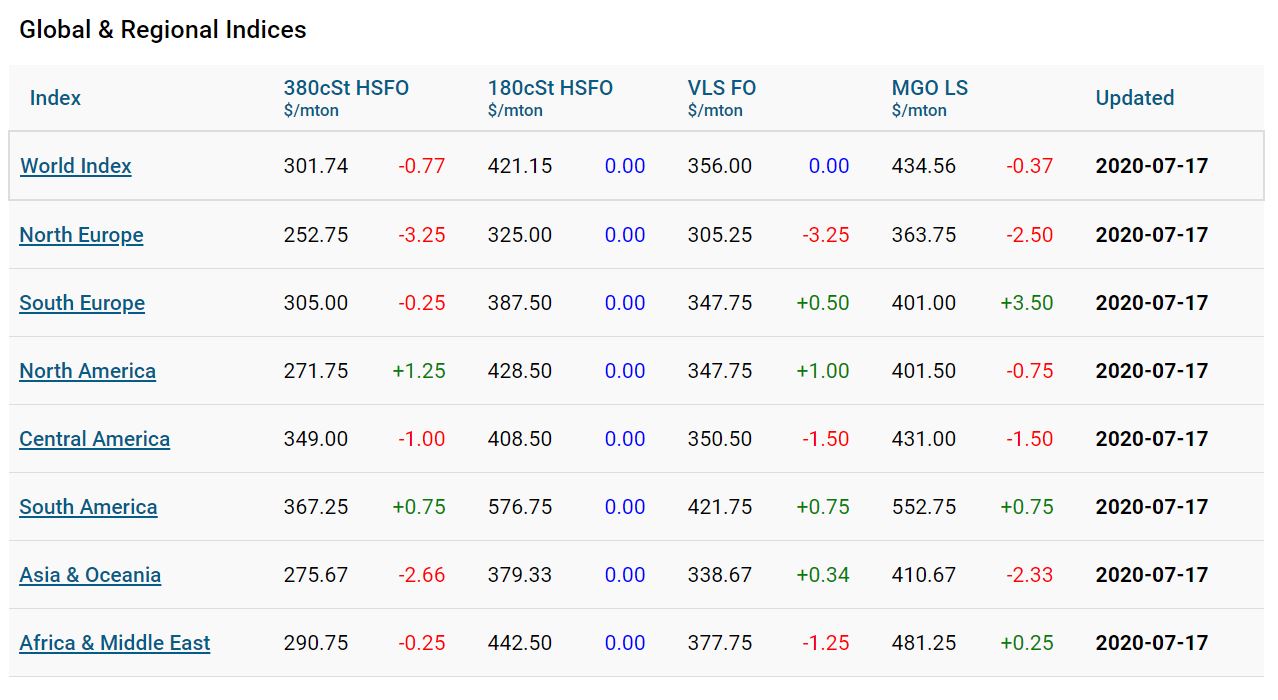
This is not what we have seen in practice, said IBIA. The association explains, “conventional high sulphur fuel oils (HSFOs) are typically less prone to forming asphaltenic sludge prior to combustion than we have seen with VLSFOs so far. HSFO is typically more aromatic than VLSFO, and this helps keep the asphaltenes in suspension and stable. Hence, there would be more asphaltenes reaching the combustion chamber when using HSFO than VLSFOs. Also, VLSFOs typically contain less asphaltenes than HSFOs so it seems counterintuitive to suggest that more asphaltenes reach the combustion chamber when using VLSFO compared to HSFO.”
IBIA claims that fuels with higher paraffinic content are associated with improved combustion compared to highly aromatic fuels and there is no sign of VLSFOs being particularly prone to poor and/or incomplete combustion compared to HSFOs (which are typically more aromatic).
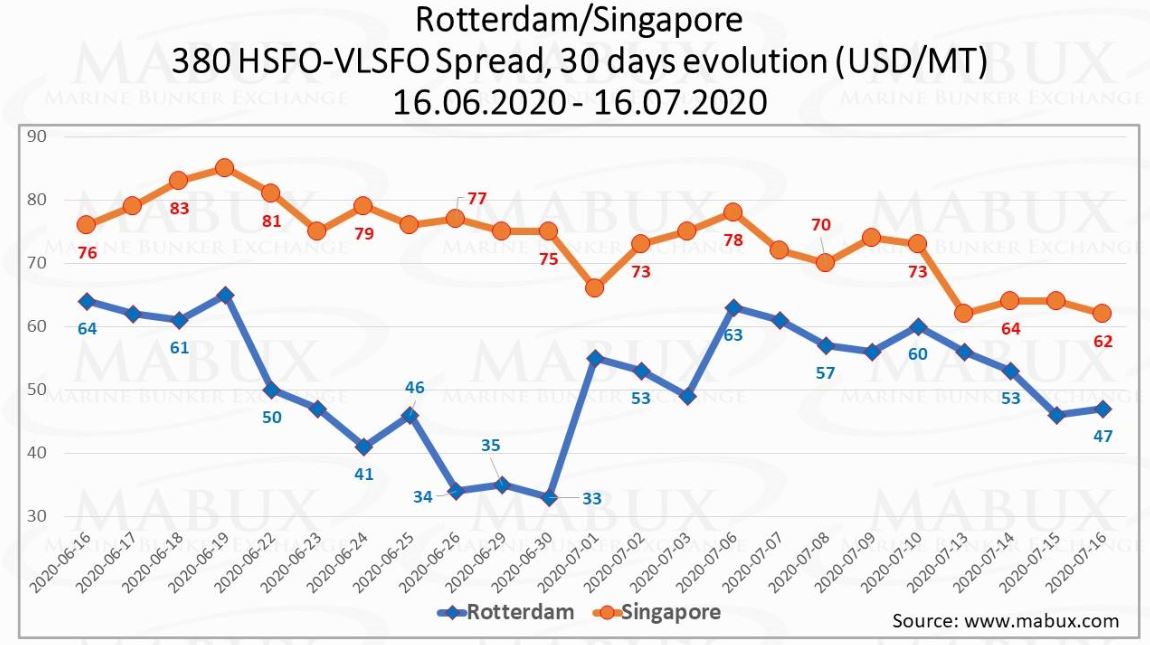
“Hence the claims in the article appear to run counter to real world experience,” concluded IBIA, which added that misunderstandings can take hold when theories are taken as evidence of fact, when the reality may be quite different.
IBIA believes it is important to have proper data and empirical evidence to back up theories. When pointing to a certain fuel characteristic as the cause of an increase in BC emissions, it needs to be backed by independently validated data and specifics on the measurement methodology used to define black carbon, according to the association.
*Following communications with IBIA, the author of the article has edited the LinkedIn post to insert “may” in the headline so it reads “Why new VLSFO 0.5% Sulphur fuels may emit higher Black Carbon Emissions”, and has moderated some of the language that suggested that VLSFOs have caused an increase in black carbon emissions.
